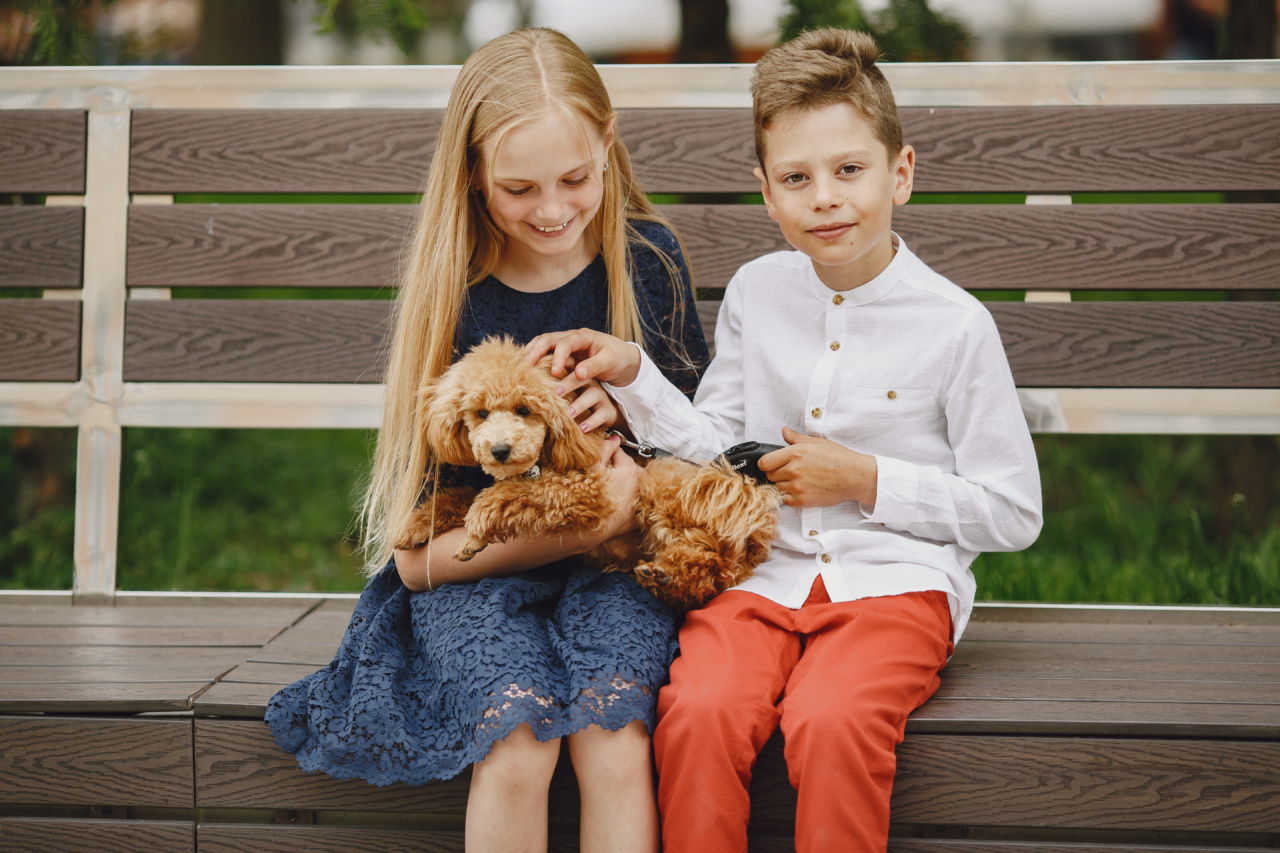For many children, pets are more than just animals. They are playmates, confidants, and sources of unconditional love.
When a furry friend departs, whether due to old age, illness, or a tragic accident, it can have a profound impact on a child’s emotional well-being. This article explores the effects of pet loss on kids and offers guidance for parents on how to help their children cope with the grief.
The Bond Between Kids and Their Pets
Pets play a significant role in a child’s life. They provide companionship, teach responsibility, and help children develop empathy and compassion.
The bond between a child and their pet is often deep and genuine, characterized by love, trust, and mutual understanding. Losing a beloved pet can shatter this bond and leave a lasting impact on a child’s emotional development.
Grief and Loss in Childhood
Grief is a natural response to loss, and children are not exempt from experiencing it. However, children may express their grief differently than adults.
They may have difficulty understanding death and its permanence, leading them to have confusing emotions or engage in magical thinking. It is crucial for parents to recognize the signs of grief in children and provide them with the support they need.
Recognizing Signs of Grief in Children
Children may exhibit a range of emotional and behavioral changes after the loss of a pet. Some common signs of grief in kids include:.
- Sadness or tearfulness
- Anger or frustration
- Withdrawal or social isolation
- Changes in appetite and sleep patterns
- Anxiety or fearfulness
- Regression or acting younger than their age
Helping Kids Cope with Pet Loss
When a child loses a pet, it is essential for parents to create a safe space for them to express their emotions and navigate the grieving process. Here are some strategies that can help:.
1. Validate Their Feelings
Let your child know that their feelings are valid and normal. Encourage them to share their emotions openly without judgment.
2. Provide Age-Appropriate Explanations
Explain the concept of death to your child in a way that is suitable for their age and level of understanding. Avoid using euphemisms like “falling asleep” to describe death, as this can lead to confusion or fear.
3. Encourage Expression of Grief
Allow your child to express their grief in ways that feel natural to them. This may include talking about their pet, drawing pictures, writing a letter, or creating a memorial.
4. Share Memories and Celebrate the Pet’s Life
Encourage your child to share fond memories of their pet and celebrate the happiness their furry friend brought into their life. This can provide a sense of closure and help shift the focus from loss to gratitude.
5. Maintain Routines and Provide Stability
Children thrive on routines and stability. Stick to regular daily routines and provide a sense of security during this difficult time.
6. Seek Support from Others
Encourage your child to reach out to friends, family members, or support groups who have experienced pet loss. Connecting with others who understand their grief can be comforting and healing.
7. Consider a New Pet, When the Time is Right
While it is crucial to give your child time to grieve, consider discussing the possibility of a new pet when they are ready. Adopting a new furry friend can help them heal and form a new bond.
Professional Help and Intervention
In some cases, the loss of a pet may trigger intense emotions or prolonged feelings of sadness in a child. If your child’s grief persists and significantly affects their daily functioning, consider seeking professional help.
A licensed therapist or counselor who specializes in grief counseling can provide valuable support and guidance.
The Long-Term Effects of Pet Loss on Kids
The impact of pet loss on kids can extend beyond the immediate grieving period. While most children eventually learn to cope and adapt to the loss, it is essential to acknowledge that some may experience long-term effects.
These effects can manifest as difficulties forming attachments, anxiety, or even a fear of death. Providing ongoing support and reassurance is crucial in helping children navigate these challenges.
Conclusion
The loss of a pet can be a traumatic and heartbreaking experience for kids. As parents, it is our responsibility to understand their grief, provide support, and help them heal.
By validating their feelings, encouraging expression, and maintaining stability, we can help children cope with pet loss and develop resilience in the face of future challenges.






























